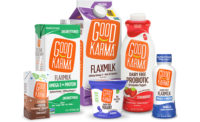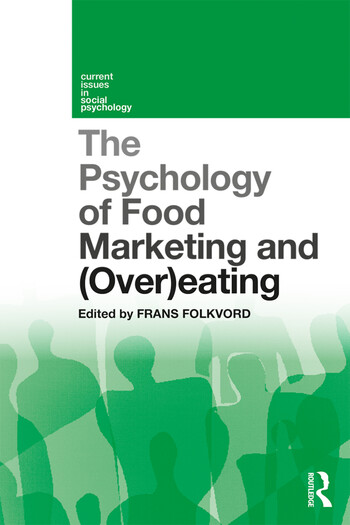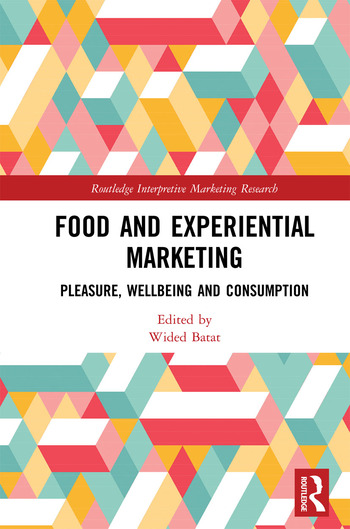Food Ingredients Consumers Avoid
Food industry committed to meeting consumer demand for “free-from” foods

Foods today are as notable for their absent ingredients and attributes as they are for those that are present. “Gluten-free," “dairy-free,” “non-GMO,” “meatless,” and “cage free” are just a few of the most common and trendy buzzwords featured on a growing number of food and beverage products. And the food industry is all too willing to accommodate escalating consumer demand for these products, according to market research publisher Packaged Facts in the brand-new report Food Formulation Trends: Ingredients Consumers Avoid, 2nd Edition.
Many consumers are avoiding certain foods and food ingredients for several reasons. Packaged Facts identifies five key constituencies that provide the context for why consumers choose to avoid certain foods and ingredients. Each constituency has a leading concern in regard to food avoidance, although individual consumers may have more than one set of concerns. The concerns that define each constituency are: Allergies and Intolerances; Health and Well Being; Humanitarian Concerns; Environmental Concerns; and Religious Concerns.
“Although consumers on the cutting edge of food and nutrition trends may see the food industry as moving at an iceberg-like pace when it comes to making changes, in fact, the industry is remarkably sensitive to shifts in consumer demands,” says David Sprinkle, research director, Packaged Facts.
In terms of food and ingredient avoidances, the industry, from the largest companies to the smallest, has in recent years moved to accept and promote the concept of sugar free, fat free, low carbohydrates, gluten free, no artificial coloring or other ingredients; cage free eggs; and no antibiotic use in raising animals and poultry.
Naturally, food and beverage companies would rather not spend on new food formulations or on new packaging if they didn’t have to. But when the food and beverage industry realizes that change is inevitable, it typically embraces the “new” with a spirit that makes it seem as if the changes were its idea in the first place. Indeed, once the food industry embraces a change, it is responsible for that change moving from the cutting edge to the mass market.
The decision by several large companies like ConAgra and Campbell to add GMO ingredient information to their labels is a good example of food companies seeking to avoid change but, when they could no longer, going forward in a professional manner, even as they continued to hold the position that the step was not really necessary from a health point of view—a stance that has since been validated by the National Academy of Science (read Packaged Facts’ analysis of the news here). Although they disagreed with the demand, they took the position that they were out to please their customers. But make no mistake, food marketers at the same time are also keeping their eyes open to distinguish between a real change and something that is simply a fad, notes Sprinkle.
Food Formulation Trends: Ingredients Consumers Avoid, 2nd Edition looks at the current state of food and ingredient avoidance in the U.S. It covers consumer attitudes and action. It also reviews some of the specific ingredients that consumers avoid because of a variety of health and wellness reasons, as well as some food production processes and packaging materials that many consumers choose to avoid. In addition, the report looks at recent efforts by government and industry to deal with consumer “free from” demands in such areas as the labeling of foods with genetically modified ingredients, the humane treatment of animals, and the use of antibiotics for non-medical purposes. The report also examines several of the products recently launched by marketers eager to top the “free from” trend.
Looking for a reprint of this article?
From high-res PDFs to custom plaques, order your copy today!








